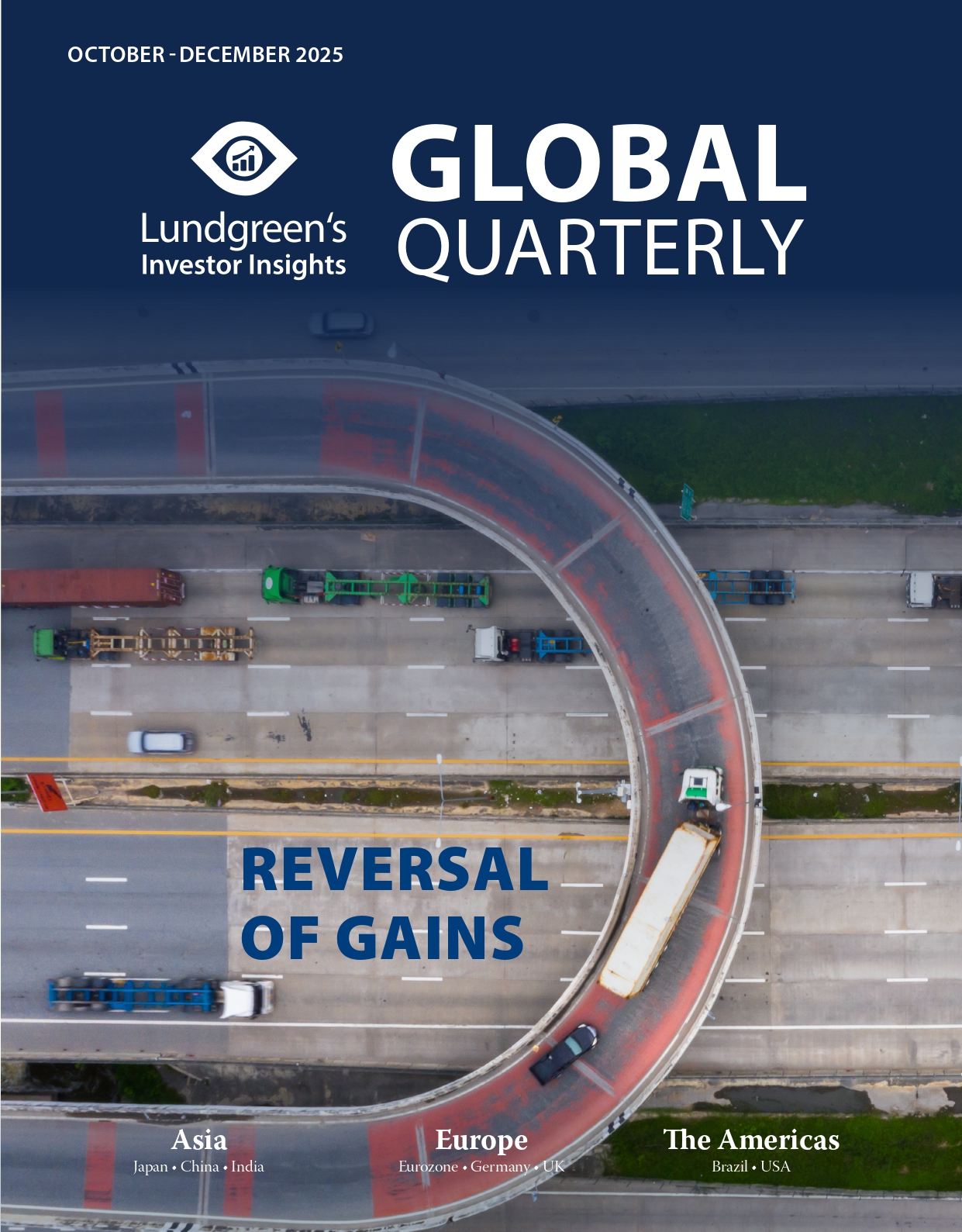Next Week in China: 22-26 September 2025
Major Data Releases:
- 22 September: China to report September 1-year and 5-year loan prime rates (LPR)
- 22 September: Hong Kong to report August Consumer Price Index (CPI)
- 22 September: Taiwan to report August unemployment statistics
- 25 September: Hong Kong to report August external merchandise trade data
- 25 September: RMB 300 billion (USD 42 billion) of 1-year loans under the Medium-Term Lending Facility matures
- 26 September: Macau to report August CPI
- 26 September: Macau to report August external merchandise trade statistics
- 27 September: China to report August industrial profits
Major data releases for Mainland China will be minimal as we come closer to the month’s end, with only three in the pipeline.
Concerning the Profit of Industrial Enterprises Above the Designated Size (PIEA), we expect August to sustain the previous month’s recovery, albeit still negative, at -1.5 per cent year-on-year (July: -1.7 per cent). From July data, the effects of the “anti-involution” policy to crack down on price wars can be seen in shifts in the profit structure across upstream, midstream, and downstream segments, changes in profit growth by subsector, as well as changes in inventory growth. Further, the share of profits from raw materials manufacturing rose beyond seasonal norms. Upstream raw materials extraction (+1.0 per cent) and midstream raw materials manufacturing (+4.3 per cent) both increased, with the latter clearly exceeding seasonal patterns given that the 5-year average change for the same period is -0.2 per cent. Meanwhile, midstream equipment manufacturing (-4.4 per cent) and downstream manufacturing (-5.3 per cent) both declined at a pace notably weaker than seasonal trends, with the 5-year average change at -0.5 per cent. This likely reflects upstream prices improving first under the “anti-involution” policy. The margin decline in midstream equipment manufacturing for July is basically seasonal, and there is currently no sign of upstream firms squeezing mid- and downstream profits.
Looking at profits by subsector, non-ferrous metal mining maintained high growth while non-metallic mineral mining and dressing also rebounded, showing that “anti-involution” policies had a limited impact on raw materials extraction. In midstream raw materials manufacturing, ferrous metal processing, chemicals, rubber and plastics, textiles, and non-metallic mineral products saw notable rebounds in growth, and this is where the policy’s effects are most evident. Most subsectors saw profit declines for midstream equipment manufacturing as well as downstream manufacturing, except for firms engaged in the sale of liquor and beverages, leather products, furniture, and recreational goods. Further, a reduction in volumes drove down the growth rates of nominal and real inventories. At end-July, nominal inventories were up 2.4 per cent year-on-year from 3.1 per cent and price-adjusted real inventories were up 6.0 per cent year-to-date, down from 6.7 per cent. The faster destocking in the month was likely propelled by “anti-involution”, and with production slowing, inventories were drawn down. We expect August to continue this momentum and see a recovery in inventory growth as a result.
For interest rates, expectations for an LPR cut have increased following the US Federal Reserve’s 25-basis-point rate cut. However, we expect China’s benchmark loan rate to remain unchanged in September for several reasons. First, the People’s Bank of China already lowered the reverse repo rate in July, transmitting a synchronized decline to the LPR. Thus, the probability of consecutive cuts in the short term is low. Second, banks’ net interest margins (NIM) are under pressure: in Q2 2025, the NIM for commercial banks had fallen to a record low of 1.42 per cent, well below the 1.8 per cent warning line. We expect conditions for an LPR reduction to be more favourable in the fourth quarter.
China stocks saw mixed movements but generally increased over the past week. As of Thursday, 18 September, the MSCI China Index had risen 0.94 per cent from last Friday’s close. Meanwhile, the Shanghai Composite Index went the other way and fell by 1.01 per cent. The Shenzhen Component Index gained 1.17 per cent and the ChiNext Index increased 2.50 per cent. During this period, small- and mid-cap stocks outperformed large-cap stocks, while growth stocks continued to outperform value stocks from a style perspective.
From the perspective of factors affecting the A-shares market, the short-term slow bull run trend remains intact. First, China’s economy and industrial earnings maintain a weak recovery: August exports growth slowed while credit growth picked up, indicating the economy remains in a short-term weak recovery. Meanwhile, the year-on-year decline in August producer prices narrowed and industrial firms’ profits are expected to keep improving. Second, liquidity remains loose in the short term: with the US Fed rate cut, money supply should stay accommodative for now.
This piece has been co-produced with Yiyi Capital Limited in Hong Kong, a China specialist and a part of a global financial services group.







